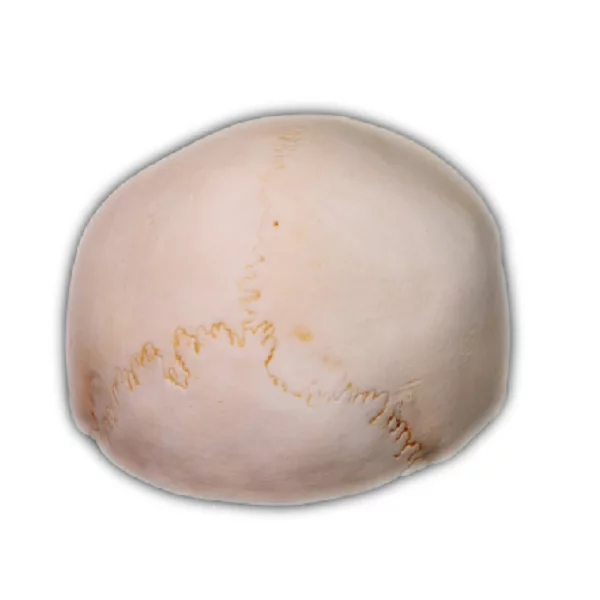
Are you fascinated by the human body and its intricate systems? Have you ever wondered how augmented reality can enhance our understanding of anatomy? In this tutorial, I will guide you through the world of augmented reality human anatomy and its practical applications in various fields.
The Power of Augmented Reality in Understanding Human Anatomy
Augmented reality (AR) has revolutionized the way we learn about and interact with the human body. By overlaying digital information onto real-world environments, AR provides a unique opportunity to explore anatomical structures like never before. With AR apps and devices, users can visualize organs, bones, muscles, and other body parts in 3D right in front of their eyes.
This immersive experience allows students, medical professionals, and enthusiasts to gain a deeper understanding of complex anatomical concepts. Whether it’s studying for exams or preparing for surgeries, augmented reality human anatomy offers an engaging and interactive learning experience that enhances knowledge retention.
DIGIHUMAN: A Breakthrough in Augmented Reality Human Anatomy

DIGIHUMAN is one such innovative application that brings augmented reality human anatomy to life. Developed by leading experts in medical education technology, DIGIHUMAN offers a comprehensive virtual dissection experience. Users can manipulate virtual cadavers on their smartphones or tablets as if they were performing a real dissection.
This cutting-edge app not only provides detailed visualizations but also includes interactive quizzes and educational content tailored to different levels of expertise. Whether you’re a student starting your journey into medicine or an experienced healthcare professional looking to refresh your knowledge, DIGIHUMAN is an invaluable tool for learning and practicing anatomy.
Anatomy and Physiology Labs Reinvented with Augmented Reality
Gone are the days of traditional anatomy and physiology labs with static models and textbooks. Augmented reality has transformed these learning environments, making them more engaging and dynamic. Students can now use AR headsets or mobile devices to explore virtual anatomical structures in real-time.
By combining the physical world with digital overlays, augmented reality anatomy labs allow students to dissect virtual specimens without the need for actual cadavers. This not only eliminates ethical concerns but also provides a safe space for experimentation and exploration. Additionally, AR technology enables students to visualize complex physiological processes that are otherwise challenging to comprehend through traditional methods.
In Conclusion
Augmented reality human anatomy is revolutionizing the way we learn about the intricacies of our bodies. Through immersive experiences provided by apps like DIGIHUMAN and augmented reality anatomy labs, users can gain a deeper understanding of anatomical structures and functions. Whether you’re a student, medical professional, or simply curious about the human body, embracing augmented reality opens up new possibilities for exploring this fascinating field.

